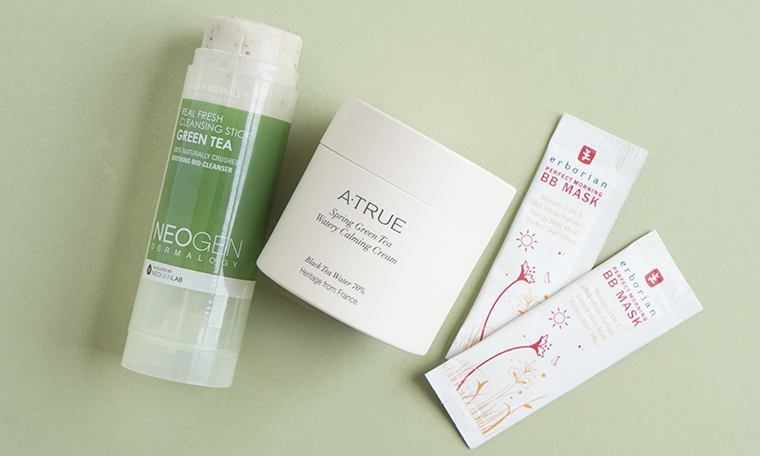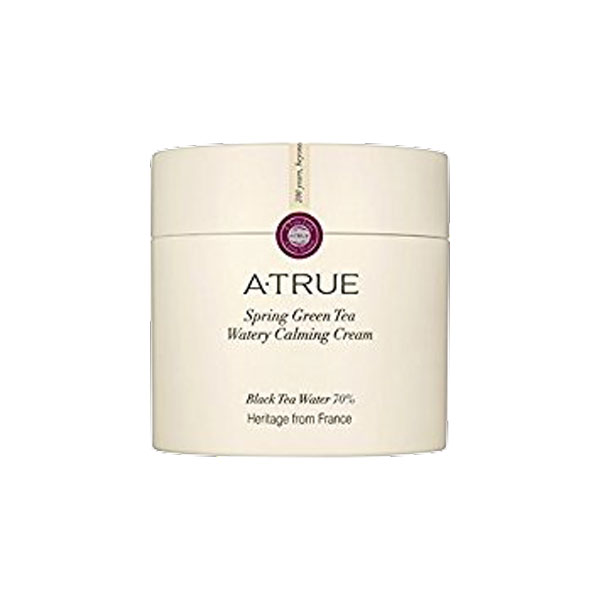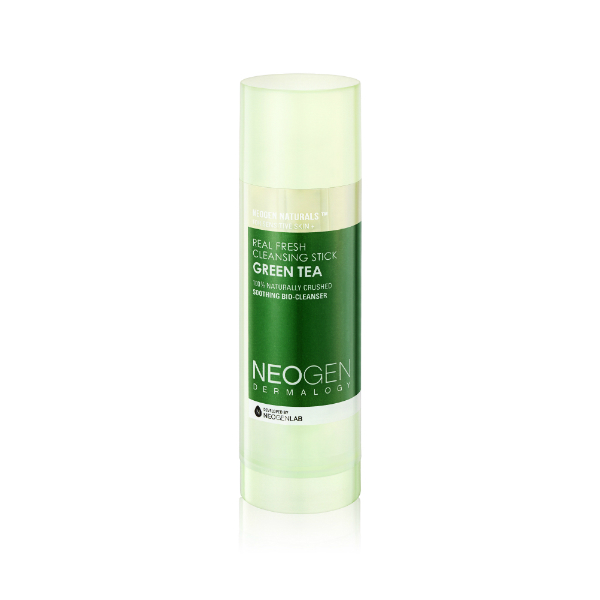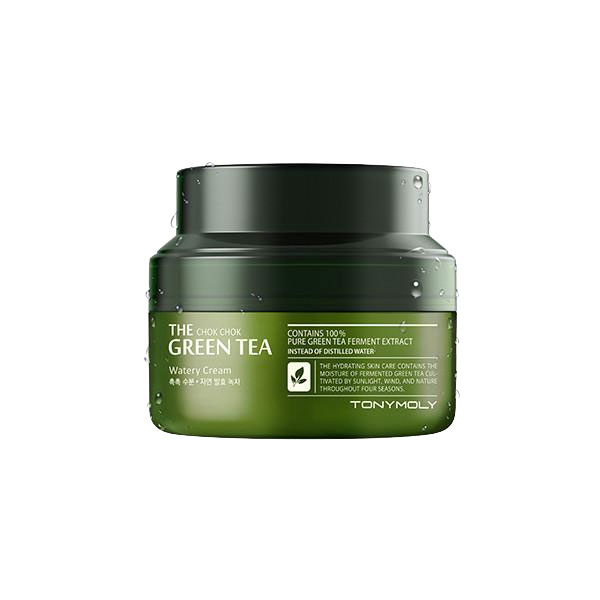Your complete guide to tea in skin care is right here. Trust us, you’ll be surprised at all the benefits different types of tea can have on your skin.
Before you dig into this article, you might just want to pour yourself a delicious cup of tea because by the end you’ll definitely be craving some. Today, with the help of facial plastic surgeon Michelle Yagoda, we’re talking about the most popular kinds of tea you’ll find in skin care products.
We’ve outlined the skin care concerns that each type addresses in order to help you determine which ingredient might make an ideal addition to your current regimen. So, cup your hands around that teacup, take a sip, and start reading!

Green Tea = Skin protection for sensitive skin
Do a little moseying around any skin care aisle, K-beauty or otherwise, and you’ll notice that green tea is a pretty trendy ingredient right now. It has been for centuries, and it’s the most popular type of tea you’ll find in skin care compared to all others. It’s found in serums, toners, creams, lotions —you name it—and for good reason.
“Green tea compounds contain significant antioxidant, anti-inflammatory, and anti-carcinogenic properties,” notes Yagoda. “In human skin, there have been the following observations: reduction in UV-induced redness and sunburn cells, and reduction in DNA-damage.”
Although anyone can benefit from this ingredient, it is especially ideal for sensitive skin types exposed to pollutants (#AllOfUs?). One of our favorite green-tea infused products is the Neogen Green Tea Cleansing Stick, which is a recipient of Teen Vogue’s 2017 Acne Awards. This super handy cleansing stick helps protect skin with actual green tea leaves in the stick.
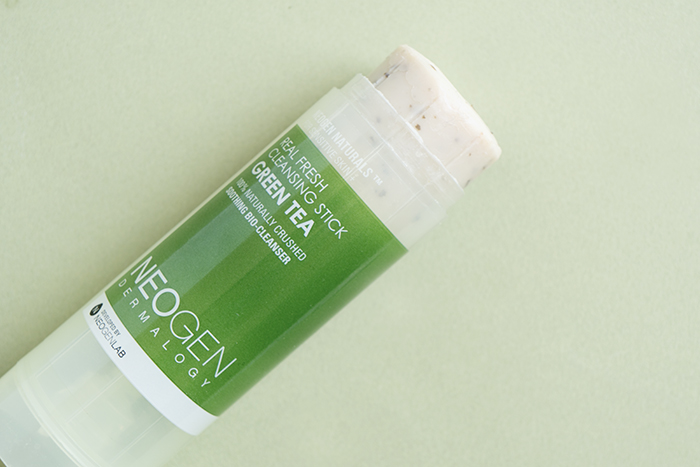
Another great option is Tony Moly Chok Chok Green Tea Watery Cream, which contains fermented green tea, antibacterial lemon, and soothing rosewood oil. The formulation is exceptionally light for how nourishing and moisturizing it is.
Matcha = More potent than green tea and good for normal skin types
While matcha is technically a green tea, it’s a more potent version and we’re giving it a category all its own! Its potency explains why matcha is particularly popular in skin care right now.
Yagoda says that “matcha green tea is believed to be three times more potent than standard green tea,” though she did note that skin care research involving this ingredient is still underway.
Matcha works similarly to standard green tea to help reduce redness, soothe the skin, and protect the skin from UV rays and pollutants. There’s a wealth of DIY skin care recipes you can find utilizing straight matcha powder. Try one part matcha and two parts aloe vera, honey, or water for a soothing at-home mask.
Black Tea = De-puffing and tightening benefits for oily skin
While green tea is certainly a staple in the modern skin care community, black tea is just now starting to make a name for itself. Or rather, remake a name for itself considering it’s been used in skin care for many years, dating back to China’s Ming Dynasty.
What separates black tea from the others is perhaps its most obvious feature: its color. It’s rich in tannins, which are antioxidants that can shield the skin from environmental damage, fight bacteria, hydrate, and nourish. It’s also very high in caffeine, which means it’ll suck up moisture, de-puff, and firm your skin. It’s ability to absorb excess sebum makes it great for oily skin.
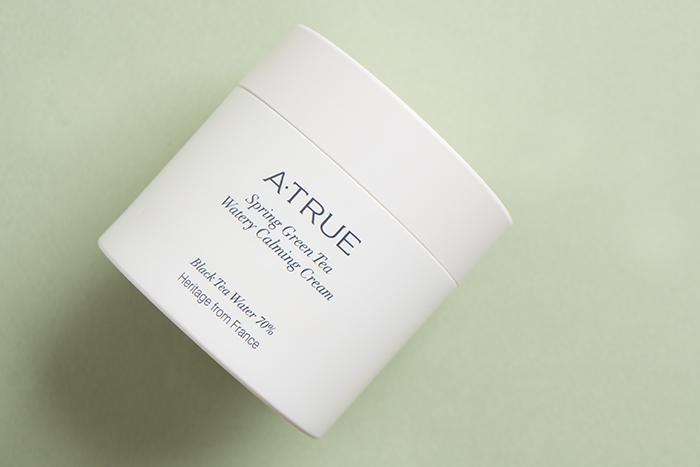
We recommend trying the A·TRUE Spring Green Tea Watery Calming Cream, which is formulated with a combination of premium black tea water with a green tea blend. In fact, this cream contains 70 percent black tea water, allowing it to have more antioxidants and less filler. It also contains guava leaf complex extract and rose hybrid flower extract for skin-brightening effects.
White Tea = High antioxidant benefits for all skin types
Did you know that white tea and green tea come from the same plant? It’s true! One primary difference between the two, however, is that green tea contains more caffeine. For that reason, it can offer your skin a plumping, hydrating pick me up and is recommended for those with dry or mature skin. Another difference is that white tea is often less processed, so it may technically contain more antioxidants than green tea.
“White tea has a higher content of some polyphenols than green tea, therefore some believe that it may be better in chemoprevention than green tea,” says Dr. Yagoda. She noted that this ingredient also has yet to be confirmed by studies.
There are a handful of products that contain white tea or white tea extract, but one easy way to get your fix is to brew yourself a cup and then dab the cool tea onto your skin as a toner after cleansing. A premade option includes Dr Roebuck’s Byron 2-in-1 Mask + Scrub, which cleanses, exfoliates, soothes, tightens, and plumps.
Rooibos Tea = Pollutant-fighting benefits for dry skin
Last but not least, let’s talk about rooibos, which is a type of red tea. Like the other teas we’ve discussed today, it also contains UV and pollutant-fighting powers. It also contains an antioxidant referred to as superoxide dismutase, which can help to increase cell turnover. We recommend rooibos for those who are concerned with premature aging or who have dry skin.
At the moment, there aren’t a plethora of K-beauty skin care products utilizing rooibos. We recommend making your own DIY concoction, which may be as simple as brewing a cup and applying the cooled tea with a cotton pad. You could even use it with matcha powder to create a mask!
For products, consider Ole Henriksen’s The Clean Truth Foaming Cleanser, which contains African red tree extract, and Origins RitualiTea Feeling Rosy Comforting Powder Face Mask with Rooibos Tea & Rose.
Bottom Line:
While we focused on topical uses of different types of tea, note that your skin can benefit from consuming the above teas, as well. As always, if you have any questions, don’t hesitate to ask in the comments below!


